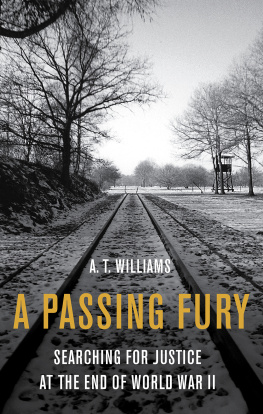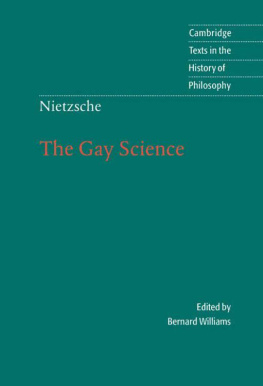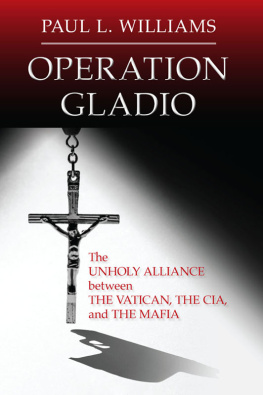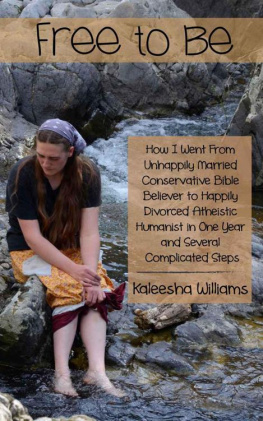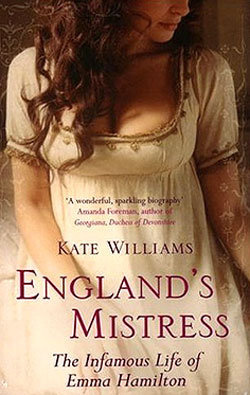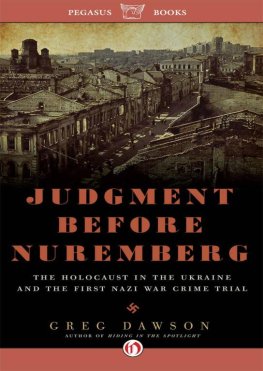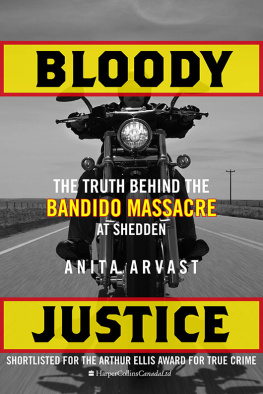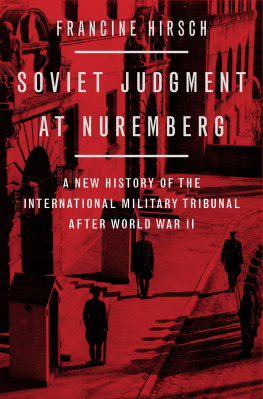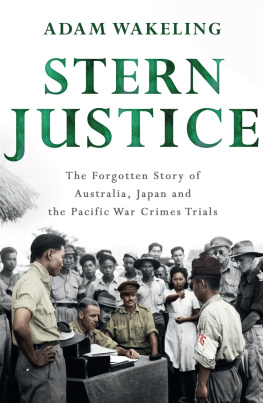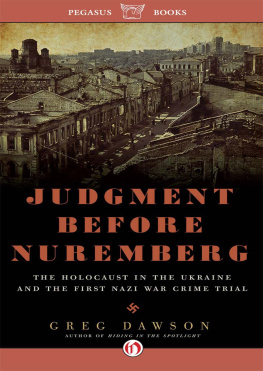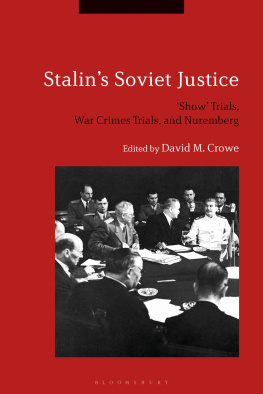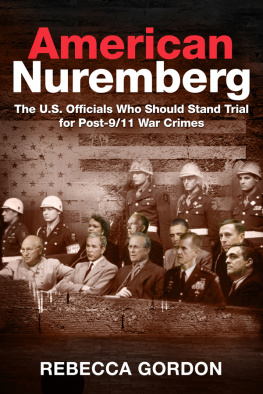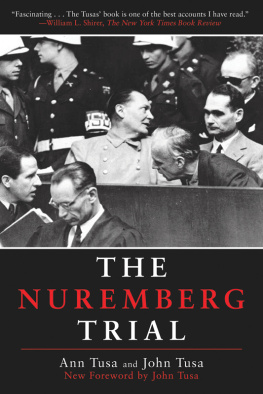About the Book
Any trial is an act of theatre.
After the horror of the Second World War, the Nuremberg Tribunal became a symbol of the free worlds choice of justice in the face of tyranny, aggression and atrocity. But it was only a fragment of retribution as, with their Allies, the British embarked on the largest programme of war crimes investigations and trials in history.
This book exposes the deeper truth of this controlled scheme of vengeance. Moving from the scripted trial of Gring, Hess and von Ribbentrop, to the makeshift courtrooms where minor war criminals (the psychotic SS officers, the brutal guards, the executioners) were prosecuted, A Passing Fury tells the story of the extraordinary enterprise, the investigators, the lawyers and the perpetrators and asks the question: was justice done?
A Passing Fury reassesses the value and flaws of the attempt to do justice in clear, engaging prose, bringing it to life for a new generation and demonstrating its contemporary relevance in responding to evil.
About the Author
A. T. Williams won the George Orwell Prize for Political Writing in 2013 for his book A Very British Killing: the Death of Baha Mousa. He lives in Warwickshire.
Contents
ALSO BY A. T. WILLIAMS
A Very British Killing: The Death of Baha Mousa
For Kathy
Prologue
In 1945, the British took part in the most extensive scheme of war crimes trials in history. It was a unique endeavour. The criminal prosecution of men and women of another nation, Germany, who had abused, killed, tormented uncountable numbers of human beings and who had sought to eradicate whole races and categories of peoples from existence, was lauded as a victory for rational and civilised behaviour. By bringing unimaginably cruel crimes before courts of law where the accused were treated with formal respect, where the evidence of their guilt was presented, where they were allowed to defend themselves and justify their actions or given the chance to establish their blamelessness, there was hope that a civilised humanity would reassert itself. It was the conquest of a system based on evil by a system founded on law. The fury unleashed by the discovery of atrocity after atrocity, of individual and collective brutality, of a concentration camp network whose purpose was the enslavement of the enemies of Nazi Germany and the deliberate extermination of peoples, was to be corralled by a legal process. Law was the cultured response and Nuremberg the name that came to symbolise its form. And so a myth was born.
1
Neuengamme
1.
The bus pulled up. Quietly. On time. As German buses are supposed to do. I stepped onto the pavement. Few people were around: a couple of Sunday cyclists pedalling along the straight country road from the nearby village; some walkers amidst distant trees; a farmer on a tractor in the field behind me.
As the bus moved away, I stood and looked at the site stretching into the distance to left and right. Immediately in front of me a little steel bridge spanned the perimeter ditch, leading to the gatehouse. There was no grand entrance, no barbed wire fences, just a couple of modern glass and steel buildings separated by an iron gate. It could have been a local community project, an art exhibition, nothing imposing or remarkable. But there was a sign. It said this was once a Konzentrationslager (KZ), a concentration camp.
Id never heard of Neuengamme before that day. I stumbled across it by chance, looking for somewhere to visit that would take me outside Hamburg during a long weekend I spent there several years ago. I thought I should make the effort when I saw a local guidebook mentioning the camp. It seemed appropriate given that I was in the middle of writing about allegations of brutality and torture and unlawful killing by British troops during their occupation of Iraq after 2003. I thought it might give me some perspective on the institutionalisation of cruelty.
Walking through the gate, I had an unobstructed view across an empty white paved square. It was large, like a redundant car park. My eyes squinted at the morning sun reflecting off the concrete. On a signpost with a tilted display board, I read that this was the Appellplatz, the parade ground. It was a tranquil place, open, bleak but inoffensive. Innocent even, though I knew this was an illusion of time not space.
To my left, standing about one hundred metres apart, and themselves a hundred metres in length, twenty in width, were two long double-storey red-brick buildings. They looked like an architects model: perfect in their symmetry, pristine and composed. Each had precisely forty-four sets of windows facing into the square: twenty-four on the first floor, twenty on the ground floor with four white glass doors positioned in the middle. No embellishments. The buildings were functional.
Between these blockhouses, and also to my right on the other side of the parade ground, were several identical unsettling structures. As long and wide as the brick buildings and laid in a row, maybe seven or eight of them, it was hard to count, they were flat plinths of grey rubble each surrounded by thick knee-high walls made of reddish stones encased in steel mesh. The ground about and between them was black. Hard black ballast, painful to walk on. The stones bit into the soles of my shoes, twisting my feet in awkward directions. It was impossible to stroll. I had to tread with circumspection, in discomfort, akin to a physical experience of memory. The signs said these structures marked the sites of the original wooden prisoners barracks long since pulled down.

Beyond those shadow-buildings, at the head of the parade ground furthest from the entrance, was another strange structure: a steel frame and pitched roof, about the size of a double garage, covered a square pit, and above the pit was a large two-metre-square photograph superimposed on a board. From a distance it looked like the side of a cattle truck. This was the Arrestbunker, the Lagergefngnis, the camps punishment cells, where the hangings and executions were conducted, and where one night in April 1945, a board said, seventy-one prisoners brought from Fuhlsbttel prison in Hamburg were shot in waves, and grenades thrown into their cells when the prisoners rose up in a final and futile act of resistance.
Turning away, I walked along the side of the furthest brick blockhouse. A doorway in the middle gave access to the exhibitions. Inside, the history of the camp and its people was laid out in rooms full of glass cases, displaying the detritus of the prison: the camps books where the names and fate of the captives, the Hftlinge, were recorded with meticulous care by the SS administration, books that had been hidden, buried by prisoners at the end of the war when records were being destroyed and the camp evacuated, and dug up after the British had finally come, revealing pages of names, proof of the scale of casualties; the reconstructed bunk cots of cheap wood, pressed together in an affront to the very notion of privacy; the striped rags of inmates barely capable of covering skin and wholly inadequate to keep out cold. Everything in those cabinets was an offence against life. There were no exhibits from which one could extract hope, a prospect of release or a return to a dignified condition. Even the accounts of liberation were simply stories of suffering heaped upon suffering. It felt like it was my duty to ingest all the names and incidents and information, as though it was feasible to comprehend a vast system and era of dehumanisation through individual human histories.

